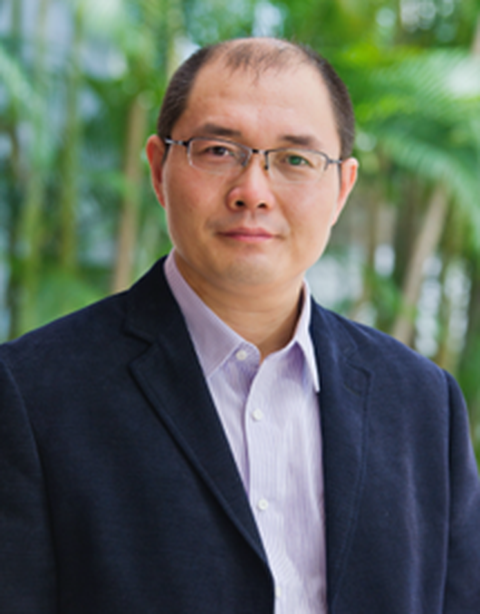Chun Yi Zhi
First and last name: Dr. Chun Yi Zhi
Affiliation: The University of Hong Kong (HKU)
Address: The University of Hong Kong, Pokfulam, Hong Kong
Website(s): https://www.comfortablenergy.net/
Short Biography:
Chunyi ZHI obtained a B.S. degree in Physics from Shandong University and a Ph.D. in condensed matter physics from the Institute of Physics, Chinese Academy of Sciences. After two years as a postdoctoral fellow at the National Institute for Materials Science (NIMS) in Japan, he was promoted to ICYS researcher, researcher, and senior researcher (permanent position) at NIMS. Dr. Zhi is now a chair professor at MSE, City University of Hong Kong.
Dr. Zhi has extensive experience in aqueous electrolyte, solid-state, and zinc ion batteries. He has published over 500 papers with an h-index of 151 and citations of >79000 (Google). He has been granted more than 100 patents.
Dr. Zhi is a recipient of the Outstanding Research Award and President Award of CityU, the NML Researcher Award, and the Beijing Science and Technology Award (first class). He is a Clarivate Analytics Global highly cited researcher (2019-2024, Materials Science, 2014, Environment and Ecology), RSC fellow, member of the Hong Kong Young Academy of Sciences, and RGC Senior Research Fellow.
Abstract: Evolution of Zn anode studies and progresses
Aqueous Zinc batteries (AZBs) have garnered significant attention as a candidate for large-scale energy storage. The values of the numbers have been largely enhanced while AZBs are still struggling with further practical applications, which is the reason this is worthy of deep analysis and study. With this aim, we explore the evolution of AZBs in recent years and the research trend shift, identifying the separator study might be the missing puzzle. We then revealed that separator thickness profoundly impacts volumetric and specific energy densities and have significant influence on battery lifespan. Accordingly, we propose the index of thickness ratio (Zn foil/separator) as a critical factor affecting the lifespan, providing a rational basis for future related studies. Our work underscores the importance of integrated design of both anode and separator to achieve high depth of discharge (DOD) and areal capacity, essential for advancing AZB commercialization.

